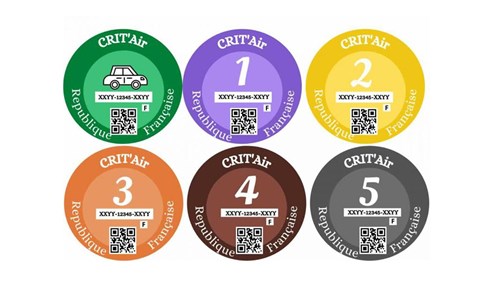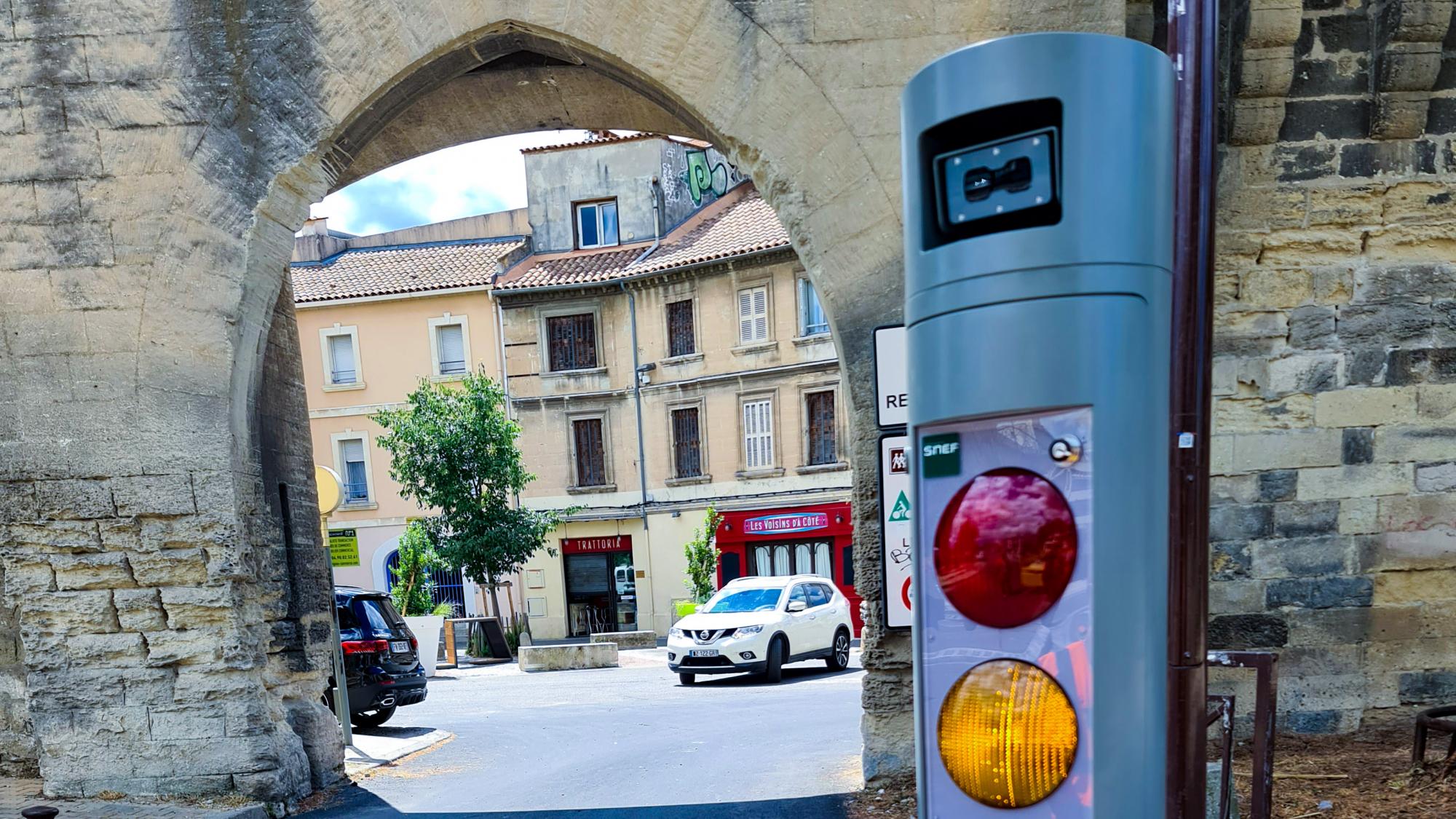Survision: Low Emission Zones and License Plate Recognition - A Perfect Match
The need for protecting cities special zones from pollution has become a golden opportunity for us to create technology for the good of the people.

For about 30 years, the concern around the public health problems caused by pollution (general and automobile-related) in urban areas, has not ceased to grow. This concern is fueled by the convergent reports of the major health organizations such as WHO (worldwide), EEA (Europe), Santé Publique and ADEME (France) concerning the number of illnesses and deaths resulting from poor air quality.
An EEA report from 2019 estimated the number of deaths in the European Union linked to poor air quality is more than 300,000 per year.
The European Union issued the so-called “Air Quality Directives”, focusing on fine particles and nitrogen dioxide, considered to be the most harmful pollutants. Looking forward to protecting citizens, these directives set exposure limits and sanctions for countries within the Union that fail to guarantee this public right to health.
In France, authorities are gradually implementing the Mobility Orientation Law, a Low Emission Zones (LEZ) policy that imposes traffic restrictions in agglomerations of more than 150,000 inhabitants to maintain pollutant concentrations below the limit thresholds.
The criteria for these restrictions are based on Crit'Air, a "French air quality certificate system that ranks vehicles in different French cities based on their emissions on a scale of 0-10 depending on pollution levels." (From antipollutionzones.com)

Nowadays, vehicles must have the Crit'Air classification sticker on their windshields in order to drive in France; depending on the category to which they belong, vehicles may or may not, permanently or temporarily, access urban areas such as the Low emission zones.
Failure to comply with a traffic ban in a LEZ is sanctioned by a class 3 fine of €68 and/or vehicle immobilization.
The effectiveness of LEZs is conditional on the ability to control the Crit’Air category of each vehicle entering the zone in real-time.
There are two possible methods for this control:
Manual check: Carried out by police officers at certain zone entrance points or through random mobile checks within the LEZ.
Automatic check: Much more effective, this method involves the use of License Plate Recognition (LPR or ANPR) to match the license plate number with the Crit’Air database.

In addition to the fact that automated control does not mobilize agents who have more imperative security missions to carry out and does not disturb traffic, LPR cameras at the LEZ entrance are able to control up to 10,000 vehicles a day, much more than the few hundred a single on-foot agent can do before losing breath.
It's highly likely that LPR/ANPR will be the method of choice for LEZ enforcement in the near future.
The challenges for an LPR/ANPR-based LEZ
The precise methods of connection to the Crit'Air database remain to be defined, however, three strong challenges must be faced before fully implementing LEZs.
The legal issue
The European General Regulations for Data Protection (GDPR) demands that personal registration data processing must ensure users' confidentiality, security and integrity. The processing must also be guaranteed to be proportionate to the desired objective of controlling only the LEZ, in terms of the volume of data processed and its retention period.
The technical issue
LPR cameras must be always online for 2 reasons: 1st Querying the Crit'Air database, and 2nd: Processing fines through the ANTAI (National agency for automated offense processing).
In urban areas, useful public wired connections are not common or very expensive to set up and maintain; therefore, these LPR/ANPR cameras must connect to the internet wirelessly using 4G or 5G; this kind of connectivity will be essential for the efficiency and success of LEZs.
The aesthetic issue
Commonly, LEZs are all areas of particular architectural interest, supposed to be pleasant to the eye and easy to walk. LPR Monitoring should not lead to the proliferation of unsightly video equipment. LPR/ANPR Cameras in a LEZ must be compact, inconspicuous, and not require specific heavy infrastructures.
In particular, the reuse of existing urban infrastructures (walls, red lights,
streetlamps, etc.) to serve as a fixing structure for the cameras should be preferred, but this often leads to very long aiming distances; LPR/ANPR cameras must therefore be able to read license plates at distances of up to at least 30 meters (98 feet).
Facing the LEZ Challenge, the SURVISION style
The main commitments we at Survision have taken seriously are the ones related to the environment, so the LEZ subject is a soft spot for us; it is, of course, also an opportunity to integrate our technology, wits, and passion with our desire to do good things for the people.
So we talked to authorities and providers to come up with the concerns we described here so we understand the landscape and evaluate what we could do... and we did it! We created CityPak: the first 4G long-range LPR camera, specifically made for smart city operations such as LEZ; CityPak is really a bundle of solutions, all in one fine piece of equipment:
- No server needed: The LPR processing is carried on by the camera
- No trigger needed: the camera recognizes the license plates as soon as they pass by its field of vision
- Long Range: Plates can be captured as far as 30 m
- 4G connection: LPR data can be transmitted online in real-time
- Seamless discreet design: So it does not interfere with the beauty of the LEZ
- Lightweight and easy to attach to almost every public structure
LEZ ended up being the kind of challenge we love, as it brings the opportunity to create what we all call “good technology” and to write cities technologization history from the righteous side.
About SURVISION
SURVISION is a global leader in License Plate Reading (LPR). Since 2001, with solutions being deployed in over 50 countries with more than 50,000 cameras thanks to a network of 900 Value Added Integrators. The quality of its R&D team allows SURVISION to work with world-class integrators for a complete set of innovative solutions for Smart-City, Smart-Parking, law enforcement, toll road collection, car-park management, and for local authorities.









Comments
There are no comments yet for this item
Join the discussion